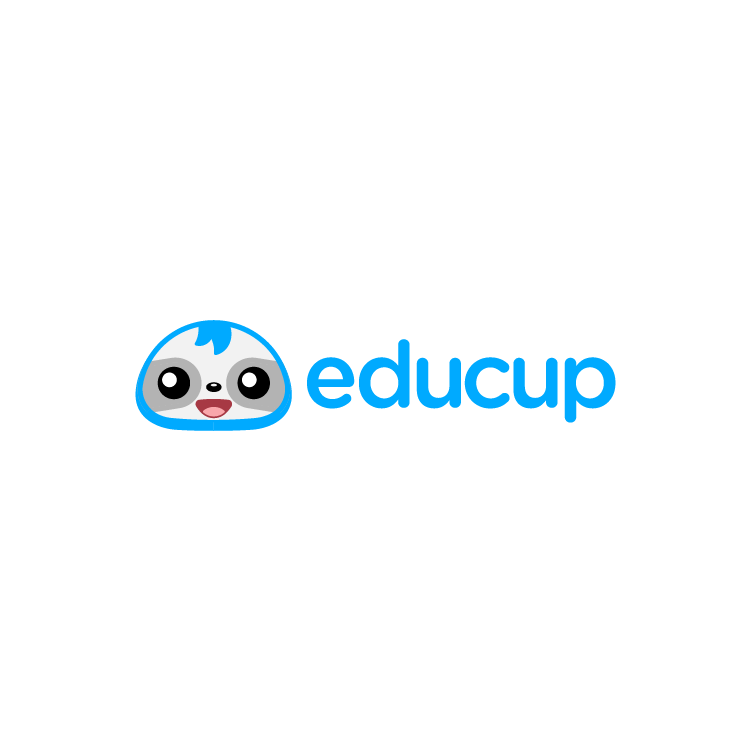Flutter表单生成插件flutter_lyform的使用
Flutter LyForm
Flutter package to implement forms in an easy, fast, and effective way using the lyform and flutter_bloc packages.
Sponsored with 💖 by
 |
Contributors ✨
Thanks goes to these wonderful people (emoji key):
Tony Raul Blanco Fernandez 💻 🚧 |
Leynier Gutiérrez González 💻 📖 |
Leonel 💻 🐛 |
Carlos Bermudez Porto 💻 |
Yeikel Uriarte Arteaga 💻 🐛 |
|---|
This project follows the all-contributors specification. Contributions of any kind welcome!
使用示例
示例代码
以下是一个简单的示例,展示了如何使用 flutter_lyform 插件来创建一个表单页面。
1. 添加依赖
在你的 pubspec.yaml 文件中添加 flutter_lyform 和 flutter_bloc 依赖:
dependencies:
flutter:
sdk: flutter
flutter_lyform: ^1.0.0
flutter_bloc: ^8.0.0
2. 创建 Bloc 观察者
创建一个 bloc_observer.dart 文件,用于观察 Bloc 的状态变化:
import 'package:flutter_bloc/flutter_bloc.dart';
class AppBlocObserver extends BlocObserver {
@override
void onEvent(Bloc bloc, Object? event) {
super.onEvent(bloc, event);
print(event);
}
@override
void onChange(BlocBase bloc, Change change) {
super.onChange(bloc, change);
print(change);
}
@override
void onError(BlocBase bloc, Object error, StackTrace stackTrace) {
print(error);
super.onError(bloc, error, stackTrace);
}
}
3. 创建主应用
创建一个 main.dart 文件,作为应用的入口点:
import 'package:example/bloc_observer.dart';
import 'package:example/profile_form/profile_page.dart';
import 'package:flutter/material.dart';
import 'package:flutter_bloc/flutter_bloc.dart';
void main() {
Bloc.observer = AppBlocObserver();
runApp(const App());
}
class App extends StatelessWidget {
const App({super.key});
@override
Widget build(BuildContext context) {
return const MaterialApp(
home: ProfilePage(),
);
}
}
4. 创建表单页面
创建一个 profile_page.dart 文件,用于展示表单页面:
import 'package:flutter/material.dart';
import 'package:flutter_lyform/flutter_lyform.dart';
class ProfilePage extends StatefulWidget {
const ProfilePage({Key? key}) : super(key: key);
@override
_ProfilePageState createState() => _ProfilePageState();
}
class _ProfilePageState extends State<ProfilePage> {
final _formKey = GlobalKey<FormState>();
@override
Widget build(BuildContext context) {
return Scaffold(
appBar: AppBar(
title: const Text('Profile Form'),
),
body: Padding(
padding: const EdgeInsets.all(16.0),
child: Form(
key: _formKey,
child: Column(
children: [
LyTextField(
label: 'Name',
validator: (value) {
if (value == null || value.isEmpty) {
return 'Please enter your name';
}
return null;
},
),
const SizedBox(height: 16.0),
LyTextField(
label: 'Email',
keyboardType: TextInputType.emailAddress,
validator: (value) {
if (value == null || value.isEmpty) {
return 'Please enter your email';
}
if (!RegExp(r'^[\w-]+(\.[\w-]+)*@([\w-]+\.)+[a-zA-Z]{2,7}$').hasMatch(value)) {
return 'Please enter a valid email address';
}
return null;
},
),
const SizedBox(height: 16.0),
ElevatedButton(
onPressed: () {
if (_formKey.currentState!.validate()) {
// 表单验证通过,可以提交表单数据
ScaffoldMessenger.of(context).showSnackBar(
const SnackBar(content: Text('Form submitted successfully!')),
);
}
},
child: const Text('Submit'),
),
],
),
),
),
);
}
}
运行应用
- 确保你已经安装了 Flutter 和 Dart。
- 在终端中运行
flutter pub get命令来获取依赖。 - 运行
flutter run命令启动应用。
以上就是一个使用 flutter_lyform 插件创建表单的基本示例。希望对你有所帮助!如果有任何问题或建议,欢迎随时提出。
更多关于Flutter表单生成插件flutter_lyform的使用的实战系列教程也可以访问 https://www.itying.com/category-92-b0.html
更多关于Flutter表单生成插件flutter_lyform的使用的实战系列教程也可以访问 https://www.itying.com/category-92-b0.html
当然,下面是一个关于如何使用Flutter表单生成插件flutter_lyform的代码示例。这个示例将展示如何创建一个简单的表单,包括文本输入和提交按钮。
首先,确保你已经在pubspec.yaml文件中添加了flutter_lyform依赖:
dependencies:
flutter:
sdk: flutter
flutter_lyform: ^最新版本号 # 请替换为实际发布的最新版本号
然后,运行flutter pub get来获取依赖。
接下来,在你的Flutter项目中创建一个简单的表单页面。以下是一个完整的示例代码:
import 'package:flutter/material.dart';
import 'package:flutter_lyform/flutter_lyform.dart';
void main() {
runApp(MyApp());
}
class MyApp extends StatelessWidget {
@override
Widget build(BuildContext context) {
return MaterialApp(
title: 'Flutter Lyform Example',
theme: ThemeData(
primarySwatch: Colors.blue,
),
home: MyFormPage(),
);
}
}
class MyFormPage extends StatefulWidget {
@override
_MyFormPageState createState() => _MyFormPageState();
}
class _MyFormPageState extends State<MyFormPage> {
final _formKey = GlobalKey<FormState>();
late LyForm lyForm;
@override
void initState() {
super.initState();
// 定义表单字段
final fields = [
LyFormField(
type: LyFieldType.text,
name: 'name',
label: 'Name',
validator: (value) {
if (value == null || value.isEmpty) {
return 'Name is required';
}
return null;
},
),
LyFormField(
type: LyFieldType.email,
name: 'email',
label: 'Email',
validator: (value) {
if (value == null || value.isEmpty || !value.contains('@')) {
return 'Please enter a valid email';
}
return null;
},
),
];
// 初始化LyForm
lyForm = LyForm(
formKey: _formKey,
fields: fields,
onSubmit: (formData) {
// 处理表单提交
print('Form Data: $formData');
ScaffoldMessenger.of(context).showSnackBar(
SnackBar(content: Text('Form submitted!')),
);
},
);
}
@override
Widget build(BuildContext context) {
return Scaffold(
appBar: AppBar(
title: Text('Flutter Lyform Example'),
),
body: Padding(
padding: const EdgeInsets.all(16.0),
child: lyForm.buildForm(context),
),
);
}
}
在这个示例中,我们做了以下事情:
- 添加了
flutter_lyform依赖。 - 创建了一个
MyApp应用程序,其中包含一个MyFormPage页面。 - 在
MyFormPage页面中,使用LyForm类来构建表单。 - 定义了两个表单字段:一个是文本字段(
name),另一个是电子邮件字段(email)。 - 为每个字段添加了验证器(
validator),以确保输入的数据符合预期的格式。 - 在表单提交时,打印表单数据并显示一个SnackBar。
这个示例展示了如何使用flutter_lyform插件来快速生成和管理表单。你可以根据需要扩展这个示例,添加更多的字段和验证规则。


















